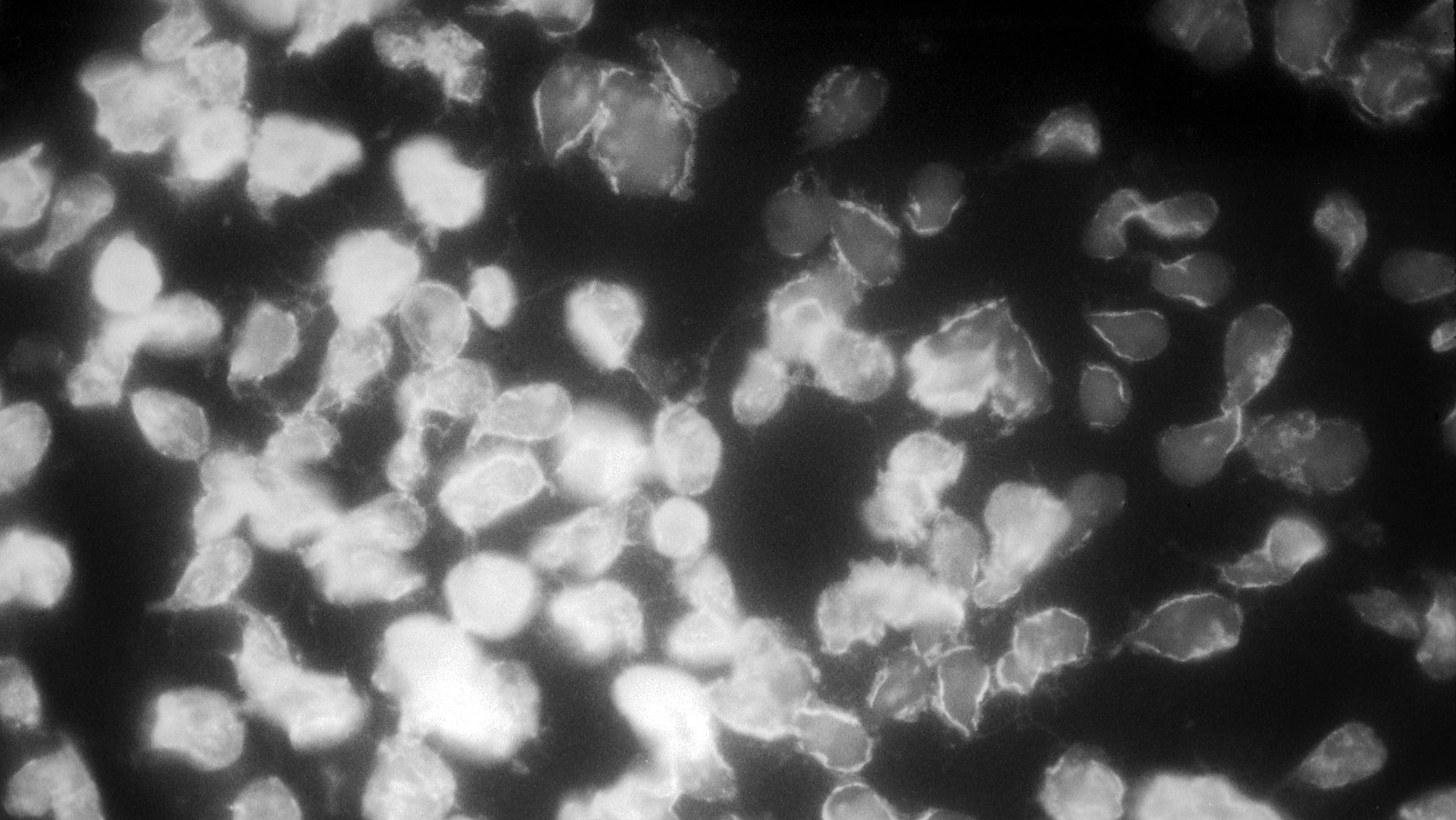Key points
- Healthcare providers can order laboratory tests to identify Giardia parasites in the stool of someone who is sick.
- Diagnostic laboratories can recommend one of several tests to confirm a giardiasis diagnosis.
- Healthcare providers and laboratories should report laboratory-confirmed cases of giardiasis to their health department.

Testing guidelines
Health professionals should consult a diagnostic laboratory with questions about testing for Giardia. If the diagnostic laboratory cannot perform the appropriate tests, the laboratory should contact their state or county public health officials. Public health officials can provide guidance on how to submit samples.
CDC recommends collecting three stool samples from patients over several days for accurate test results. Commercial testing products for diagnosing giardiasis are available in the United States.
CDC recommends retesting for Giardia only if a patient's symptoms continue after their treatment is complete.
Recommended tests
Microscopy with direct fluorescent antibody testing (DFA) is the gold standard for diagnosing giardiasis.
Other available tests
Other methods for detecting Giardia include:
- Molecular assays (PCR-based tests, for example)
- Rapid immunochromatographic cartridge assays
- Enzyme immunoassay (EIA) kits
- Microscopy with trichrome staining
Molecular testing (DNA sequencing, for example) is the only way to identify different strains of Giardia.
Interpreting test results
Finding Giardia in a patient's stool confirms that they have a Giardia infection.
Molecular characterization
Giardia strain information can help us understand how the parasite is spreading and lead to better public health guidance. For example, strain information can indicate whether Giardia is spreading from animals to people or between people.
Using molecular analysis, Giardia duodenalis (also referred to as Giardia intestinalis or Giardia lamblia) can be divided into different genetic assemblages, or strains. These assemblages are labeled A-H. Some assemblages can be further classified into subtypes, such as A-I or A-II. Each strain (assemblage or subtype) can infect certain animal groups, and some strains are more common than others.
Reporting cases
Healthcare providers and laboratories should report laboratory-confirmed cases to their local or state health department. Health departments can then report cases of giardiasis to CDC.
